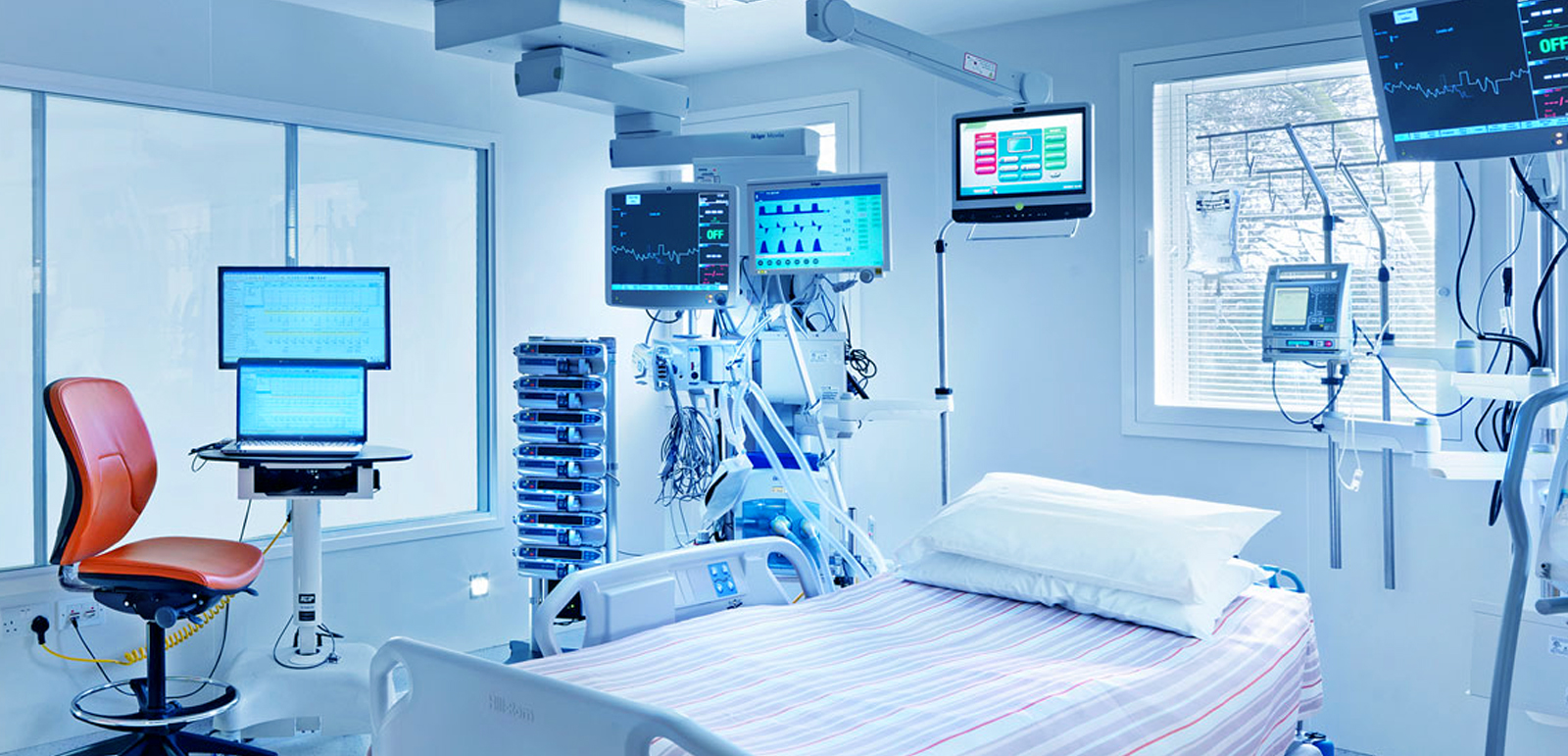Service List
Contact Us
Office Location :- Site-2, Sector-8, Near ESI, Faridabad, Haryana.
Timing :- Mon-Sat / 09:00 AM - 05:30 PM
Call :- +91-8920539843
Email :- bvpmedical.fbd@gmail.com
Request for Call Back
Download Brochure
Radiology Department
X-Ray Advanced Digital X-Ray (DR system) first to be installed in Faridabad. CT-Scan High Performance: Improved Resolution, Ultrasound USG KUB USG Whole Abdomen.
INTRODUCTION
The radiology department is an integral component of modern healthcare systems, playing a pivotal role in diagnosing and monitoring various medical conditions. In this comprehensive article, we will delve into the world of radiology, exploring its significance, various imaging modalities, the evolving landscape of radiology, and its impact on patient care. With technological advancements and an ever-increasing demand for diagnostic imaging, the radiology department continues to be at the forefront of healthcare, aiding in the early detection and accurate assessment of diseases.

The Significance of Radiology
Radiology is a medical specialty that utilizes various imaging techniques to visualize the internal structures of the body. These images are crucial for the diagnosis, treatment, and monitoring of a wide range of medical conditions. Radiologists, who are medical Specialities with specialized training in radiology, interpret these images to provide essential information to other healthcare professionals, guiding them in making informed clinical decisions.
Diagnostic Radiology: The diagnostic aspect of radiology involves the use of various imaging modalities to diagnose medical conditions. Common modalities include X-rays, CT scans, MRI, ultrasound, and nuclear medicine scans. These imaging techniques provide detailed information about the body’s anatomy, helping healthcare providers identify abnormalities and establish a precise diagnosis.
Interventional Radiology: Interventional radiology is a subspecialty within radiology that focuses on minimally invasive procedures. Radiologists use imaging guidance to perform a wide range of interventions, such as angioplasty, embolization, and biopsy. These procedures offer patients less pain, shorter recovery times, and reduced risks compared to traditional surgical approaches.
Frequently Asked Questions
The Radiology Department is a medical facility dedicated to using medical imaging techniques to diagnose and treat various medical conditions. It includes services like X-rays, CT scans, MRI scans, and ultrasound.
In most cases, yes. You’ll typically need to schedule an appointment for radiology services. However, in emergency situations, immediate imaging may be performed without an appointment.
Yes, radiology procedures are generally safe. The level of radiation used is typically low and considered safe for diagnostic purposes. Pregnant individuals and those with specific medical conditions should inform the radiology staff to minimize risks.
X-rays are 2D images primarily used to visualize bones and some soft tissues. CT scans, on the other hand, provide detailed 3D images of internal structures, including organs, blood vessels, and bones.
Preparation requirements vary depending on the specific procedure. You will typically be instructed to avoid eating or drinking for a certain period before the exam. You should also inform the staff about any metal implants or allergies.

